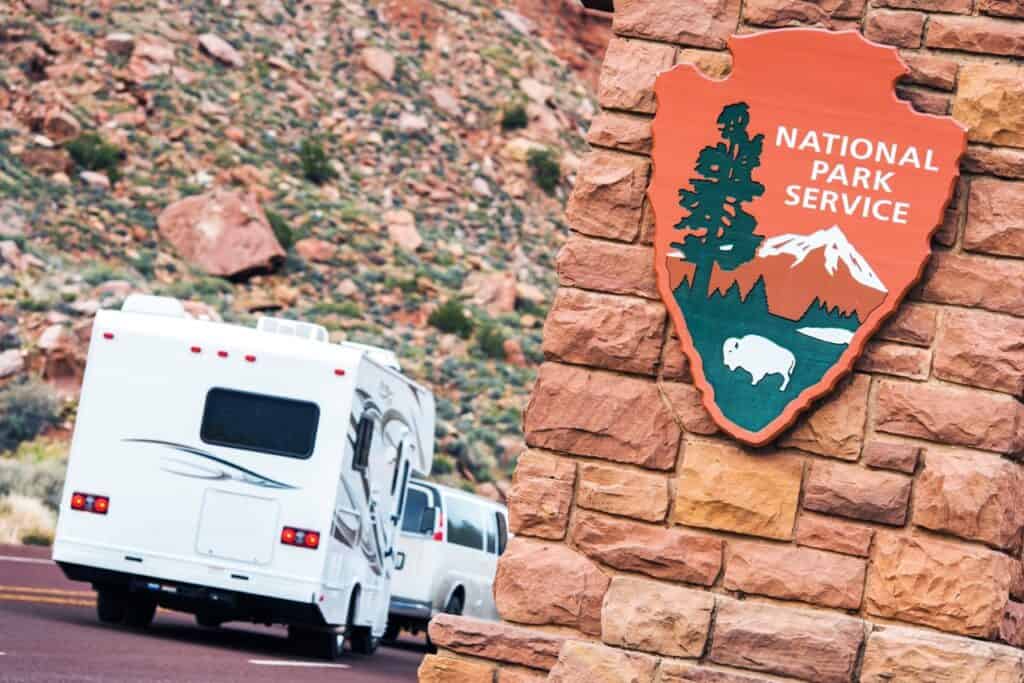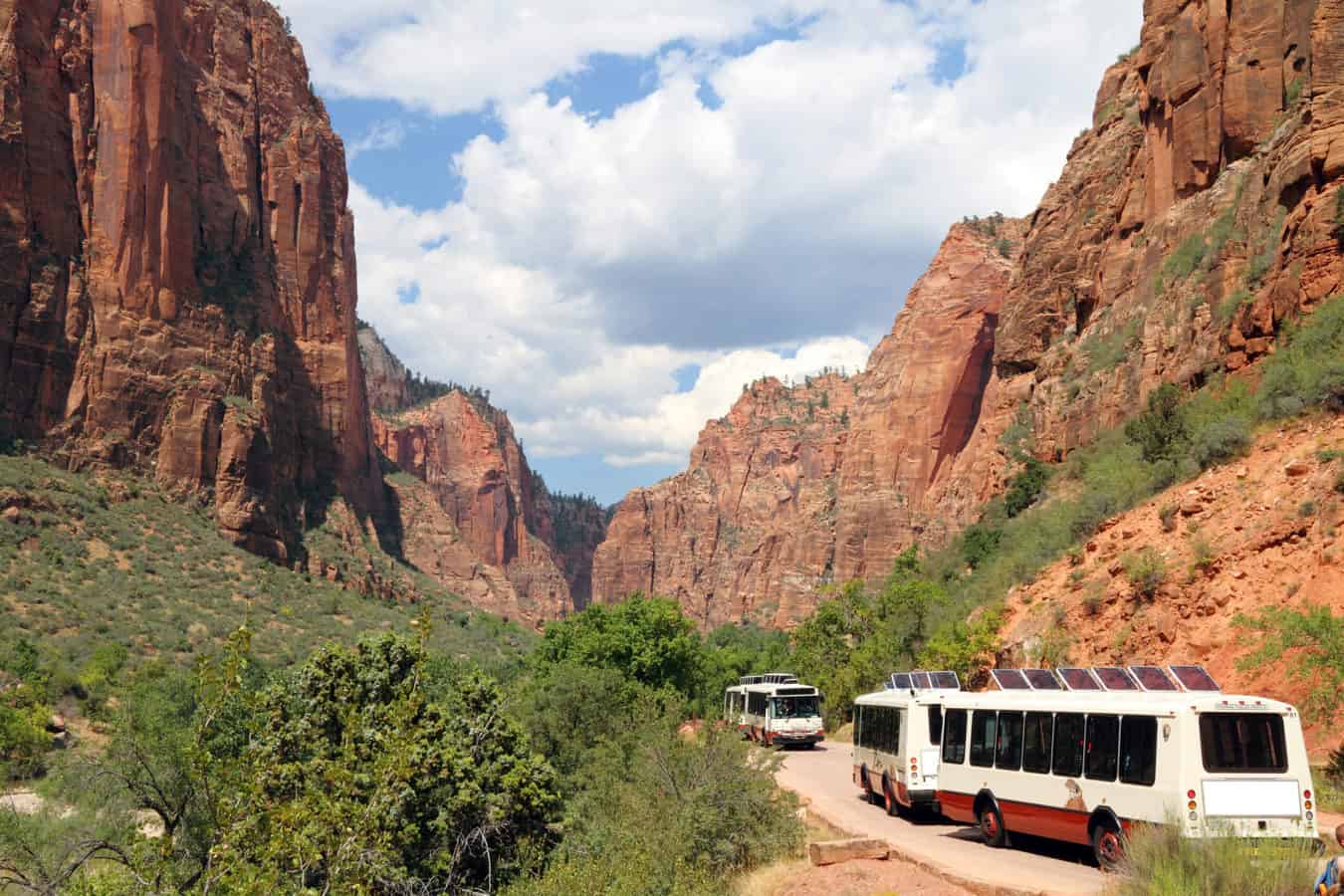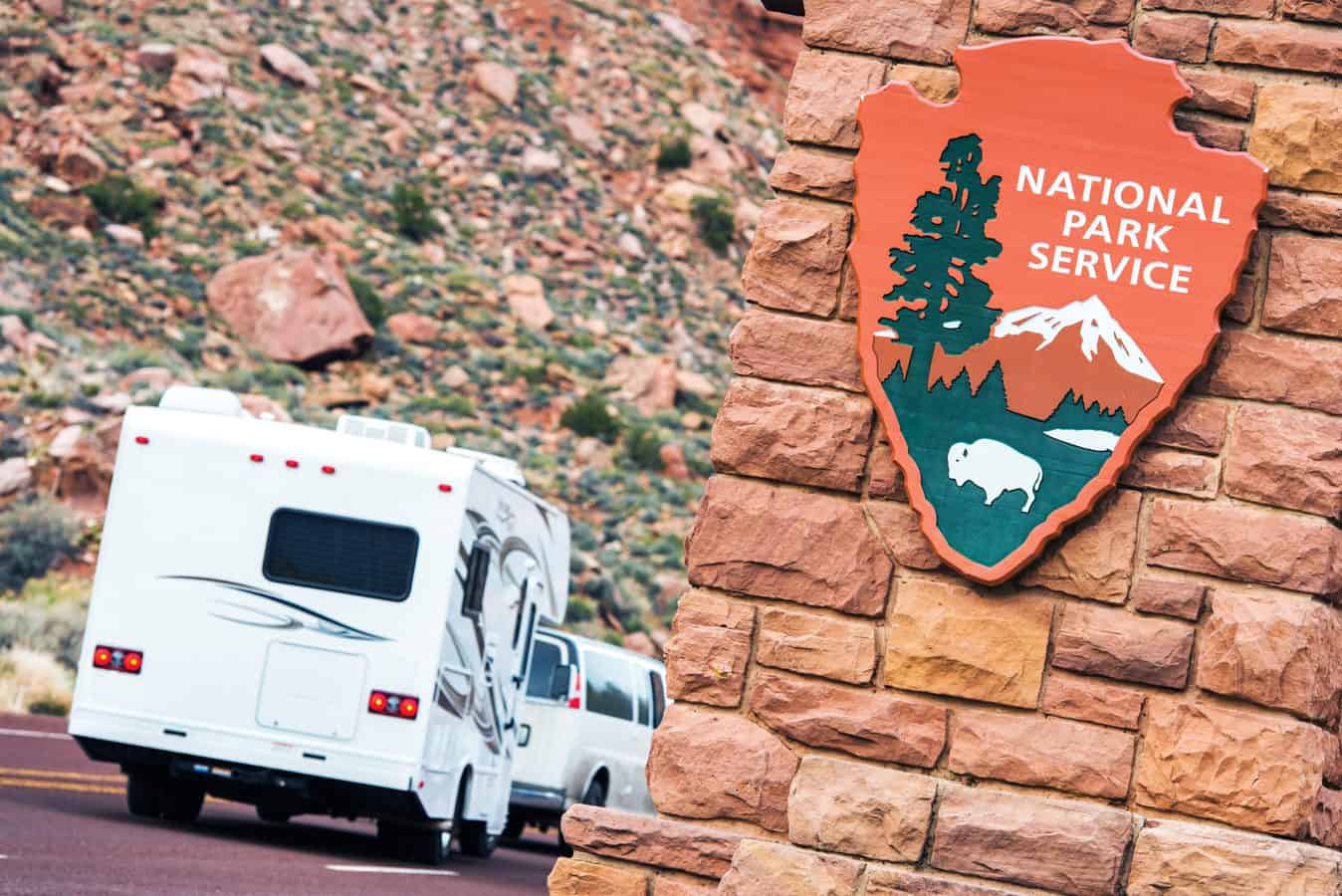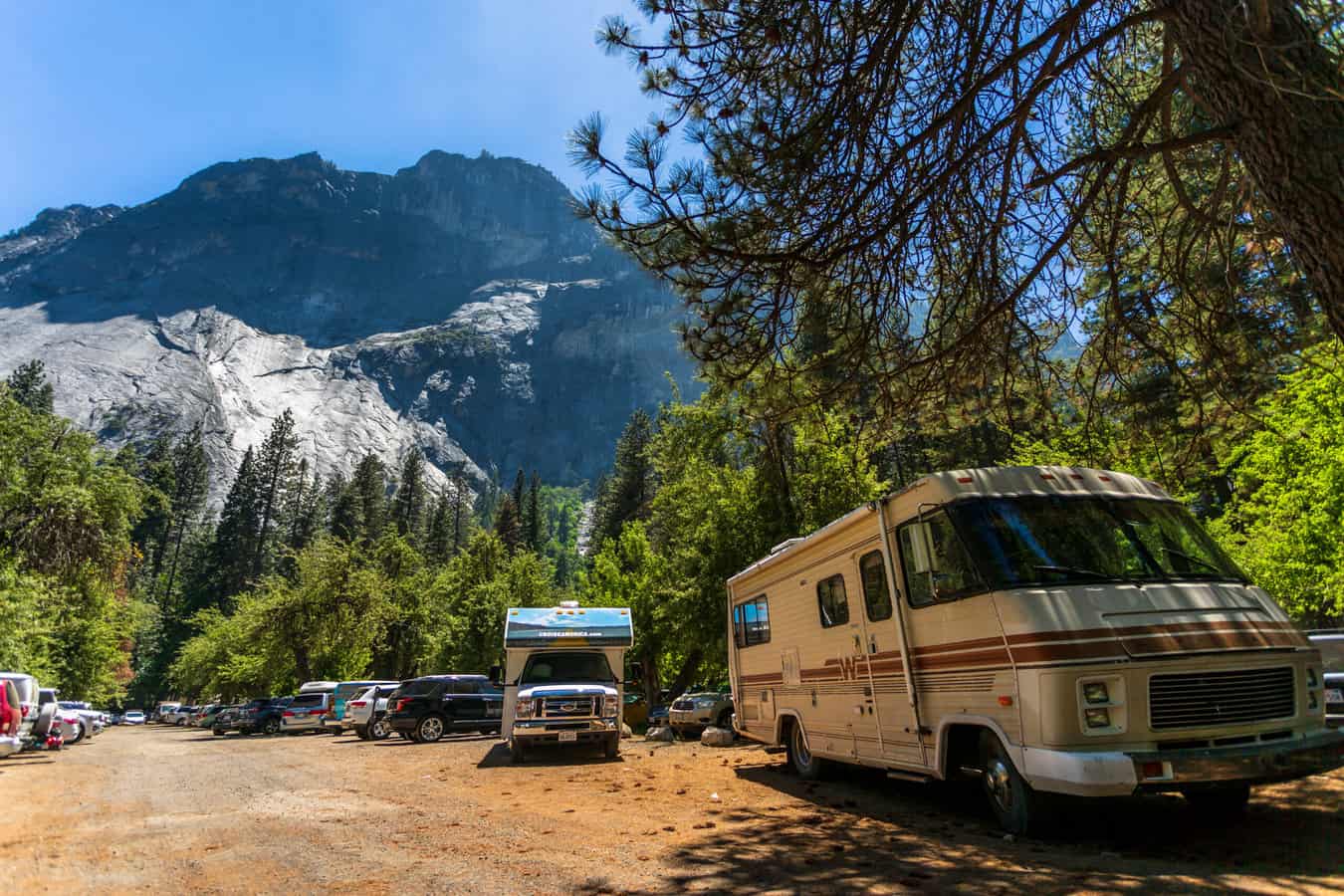The National Park Service (NPS) is a symbol of conservation, safeguarding America’s natural and cultural treasures for future generations. Its history reflects the vision of individuals who saw the importance of protecting and celebrating our nation’s diverse landscapes and heritage.
So, in honor of the upcoming National Park Week, let’s review the history of the National Park Service. We’ll look at how this beautiful expanse of wilderness has been preserved for more than 16 billion visitors to explore.
The Birth of the National Park Idea

The idea of national parks began in the mid-19th century during a time of rapid industrialization and westward expansion in the US. Influential figures of the time advocated for preserving America’s wilderness. John Muir, a key figure in the national park movement, once said, “Everybody needs beauty as well as bread, places to play in and pray in, where nature may heal and give strength to body and soul alike.” These words still resonate today.
Yellowstone, the world’s first national park, Yellowstone, was established in 1872 under President Ulysses S. Grant, “as a public park or pleasuring-ground for the benefit and enjoyment of the people.” Yellowstone remains a pleasure ground and has been ranked the No. 2 US National Park for 2024.
The establishment of Yellowstone sparked the worldwide national park movement. The National Park Service was officially created on August 25, 1916, when President Woodrow Wilson signed the Organic Act into law. This act established the NPS to conserve natural and historic sites and allow public enjoyment. All while preserving the locations for future generations.
Timeline of Key Events in Creating the National Park Service
- 1872: Yellowstone National Park becomes the world’s first national park.
- 1890: Yosemite National Park is established in California.
- 1906: President Theodore Roosevelt signs the Antiquities Act . It gives the President authority to protect historic landmarks, structures, and other objects of historic or scientific interest.
- 1916: The National Park Service is officially established on August 25 by President Woodrow Wilson, who signs the Organic Act into law.
- 1917: Stephen Mather becomes the first Director of the National Park Service.
- 1933: President Franklin D. Roosevelt establishes the Civilian Conservation Corps.
- 1964: The Wilderness Act is signed into law, creating the National Wilderness Preservation System and protecting designated wilderness areas within national parks.
- 1966: The National Historic Preservation Act is signed into law, establishing a framework for preserving historic sites, buildings, and landscapes across the United States.
- 1970: The Environmental Protection Agency (EPA) is established to protect human health and the environment, complementing the NPS’s conservation efforts.
- 1994: California Desert Protection Act is signed into law, redesignating Joshua Tree and Death Valley national monuments as national parks.
Expansion and Diversification
The NPS expanded over the 20th century, adding iconic sites like Grand Canyon and Yosemite. Stephen Mather, the first NPS director, focused on improving visitor experiences and park management. President Franklin D. Roosevelt established the Civilian Conservation Corps (CCC) during the Great Depression to carry out conservation projects across the country.
The park system continued to grow after World War II, including national seashores and historic sites. Legislation like the Wilderness Act (1964) and the National Historic Preservation Act (1966) solidified the NPS’s role in protecting America’s heritage. When President Lyndon B. Johnson signed the Wilderness Act, he emphasized the importance of leaving a legacy for future generations: “If future generations are to remember us with gratitude rather than contempt, we must leave them a glimpse of the world as it was in the beginning, not just after we got through with it.”
Challenges and Conservation in the 21st Century
Now in the 21st century, the NPS faces new challenges like climate change and overcrowding. The agency strives to promote sustainability, biodiversity protection, and enhancing visitor experiences while preserving park resources. But with over 300 million visitors a year, it can be a challenge to preserve the natural beauty.
Today, the NPS manages over 400 units, including national parks, monuments, and historic sites. Each site tells a unique story of America’s past, from Mesa Verde’s ancient cliffs to Gettysburg’s battlefields.
RVers Can Enjoy the National Parks
RVers and campers have a unique opportunity to explore and enjoy the National Park Service. The National Park System includes 85 million acres, encompassing 150,000 miles of rivers and streams and more than 21,000 miles of trails.
Many parks offer RV-friendly campgrounds with scenic locations and access to hiking trails, wildlife viewing, and historic sites. Camping in national parks allows visitors to immerse themselves in nature while also experiencing the legacy of conservation.
5 Tips for Enjoying the NPS as an RVer
RVers have a unique opportunity to explore and enjoy the National Park Service. Here are some tips for making the most of your experience.
- Plan Ahead: Research campgrounds and RV-friendly facilities within the parks. Many popular parks have limited RV sites that fill up quickly, especially during peak seasons. National parks often have limited services, so come prepared with food, water, and supplies.
- Respect Park Regulations: Follow park rules and guidelines, including speed limits, quiet hours, and designated camping areas. Observe wildlife from a safe distance and avoid feeding or disturbing animals.
- Leave No Trace: Practice Leave No Trace principles by packing out all trash, minimizing campfire impacts, and respecting natural habitats. Leave the park as you found it to preserve its beauty for others.
- Explore Responsibly: Use designated trails and overlooks to minimize impact on fragile ecosystems. Stay on marked paths to protect vegetation and prevent soil erosion.
- Engage with Park Rangers: Attend ranger-led programs and guided tours to learn about the park’s history, wildlife, and conservation efforts. Rangers can provide valuable insights and enhance your experience.
By following these tips, RVers can enjoy the beauty and tranquility of our national parks while contributing to their preservation and sustainability. Let us continue to support and steward these national treasures for the benefit of all. That way, RVers and campers can discover the wonders of our national parks firsthand.




